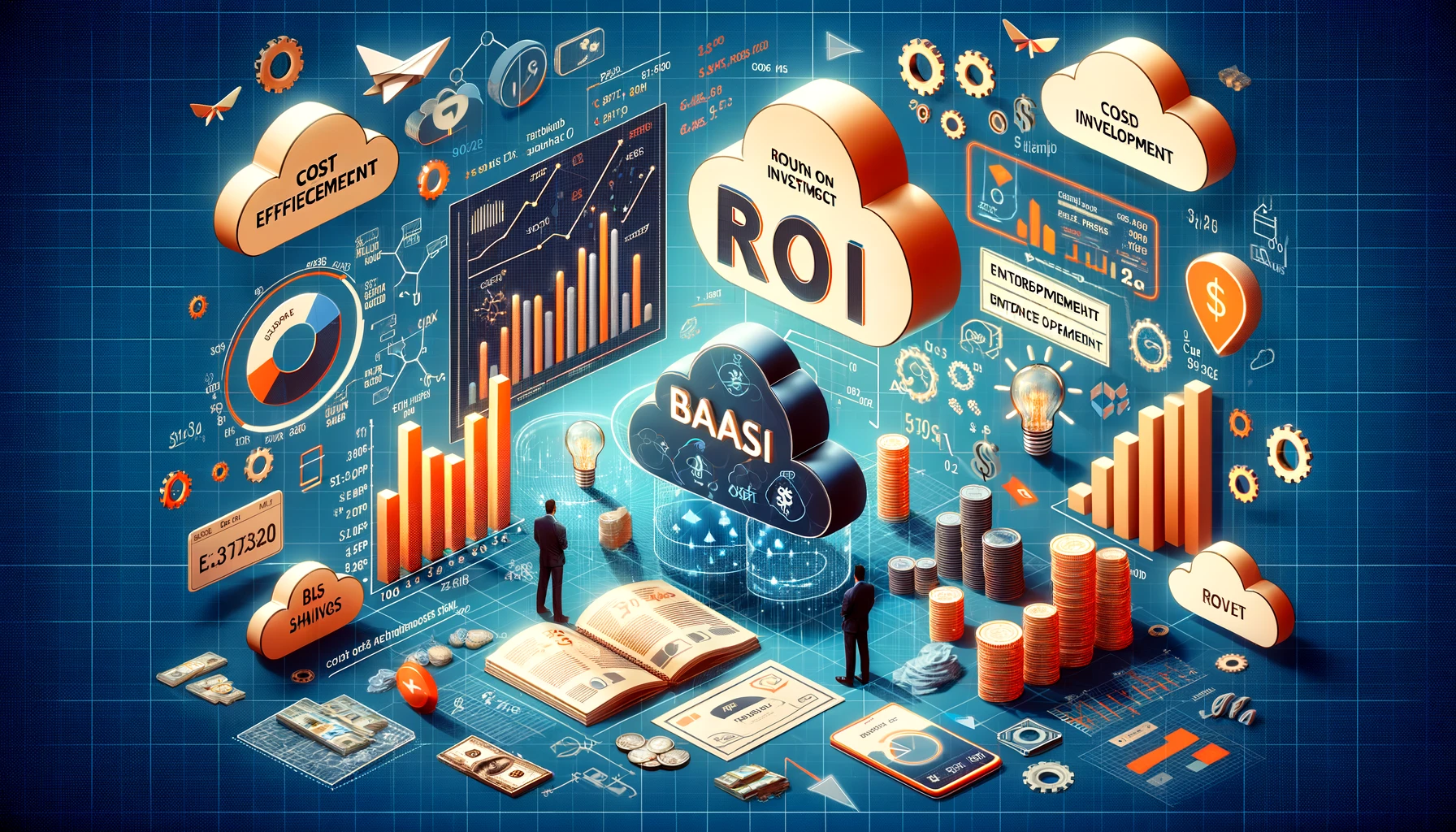Cost Efficiency and ROI Analysis of BaaS in Enterprise Development: A Comprehensive Study with StormAPI
In the ever-evolving landscape of enterprise software development, the quest for cost efficiency without compromising on quality or functionality remains paramount. Backend as a Service (BaaS) platforms, like StormAPI, have emerged as transformative solutions, offering an amalgamation of robust backend functionalities with the flexibility of cloud computing. This article delves into a detailed analysis of the cost efficiency and return on investment (ROI) that BaaS solutions bring to enterprise development, underscored with real-world application and insights from StormAPI.
The Traditional Cost Structure of Enterprise Development
Historically, enterprise software development entailed substantial investments in infrastructure, including servers, databases, and networking equipment, alongside the operational costs of maintenance, security, and updates. Development teams faced the daunting task of building backend functionalities from scratch, a time-consuming process that significantly extended project timelines and inflated budgets. The rigidity of this traditional model often resulted in underutilization of resources or costly scaling challenges during peak loads.
Introducing BaaS: A Paradigm Shift
BaaS platforms like StormAPI revolutionize this model by abstracting the backend, offering a suite of pre-built services — from databases and authentication to cloud storage and serverless computing. This shift not only accelerates development timelines but also introduces a variable cost model tied directly to usage, rather than the fixed costs associated with maintaining physical infrastructure.
Cost Efficiency through BaaS: A Technical Overview
1. Infrastructure Savings
With StormAPI, enterprises eliminate the upfront costs of hardware and the ongoing expenses of infrastructure maintenance. The BaaS model shifts capital expenditure (CapEx) to operational expenditure (OpEx), allowing businesses to pay for only what they use. This transition not only reduces initial investment hurdles but also optimizes cost management in line with business growth.
2. Reduced Development Time and Costs
StormAPI provides out-of-the-box backend services and APIs, drastically reducing the time and resources required for backend development. This efficiency significantly shortens the development cycle, enabling faster time-to-market for new features or products. Additionally, the reduction in development hours directly translates to lower labor costs, a major component of software development budgets.
3. Scalability and Elasticity
The ability to dynamically scale resources based on demand is one of the hallmarks of BaaS platforms. StormAPI’s scalable infrastructure ensures that enterprises only pay for additional resources when needed, avoiding the costs associated with over-provisioning or underutilization. This elasticity not only enhances cost efficiency but also ensures optimal performance during peak loads, contributing to a better user experience.
4. Maintenance and Security
Maintaining the integrity and security of enterprise applications is an ongoing challenge that requires significant investment. StormAPI addresses this by providing automatic updates, security patches, and compliance with data protection regulations. This managed approach reduces the burden on internal IT teams and mitigates the risk of costly security breaches or compliance penalties.
ROI Analysis of Implementing BaaS with StormAPI
To quantify the return on investment of adopting BaaS solutions, it’s crucial to consider both direct cost savings and indirect benefits that contribute to revenue growth or cost avoidance.
1. Direct Cost Savings
Direct savings manifest in reduced infrastructure and development costs. For instance, a hypothetical enterprise project requiring a traditional infrastructure investment of $500,000 can be deployed on StormAPI with an initial cost closer to $50,000 for setup and subscriptions. When factoring in the reduced development time — often cut by 30% to 50% — the labor cost savings can add significant value to the ROI calculation.
2. Revenue Growth through Faster Time-to-Market
The agility afforded by BaaS platforms like StormAPI enables enterprises to respond swiftly to market demands or opportunities, potentially capturing market share and generating revenue sooner than competitors. This accelerated time-to-market can be a critical factor in ROI analysis, significantly impacting the overall financial success of a project.
3. Cost Avoidance and Risk Mitigation
Indirect benefits include cost avoidance from mitigating security risks, ensuring compliance, and avoiding downtime through scalable solutions. For example, the cost of a data breach can run into millions, not to mention the reputational damage. By leveraging StormAPI’s built-in security and compliance features, enterprises can avoid these costs, contributing positively to the ROI.
A Real-World Application:
Consider an enterprise aiming to launch a global e-commerce platform. By choosing StormAPI, the company avoids substantial upfront infrastructure costs and benefits from reduced backend development time. The scalable nature of StormAPI allows the platform to handle fluctuating traffic volumes cost-effectively, while built-in analytics provide insights that drive revenue growth. An initial investment in StormAPI, when compared to traditional development costs, showcases a significant reduction in CapEx and OpEx, with an accelerated time-to-market enhancing the revenue potential. The ROI, in this case, is enhanced by direct cost savings, revenue growth, and cost avoidance, presenting a compelling case for BaaS adoption


Leave a Reply